First three days in Ahmedabad at the main office of my organisation, Samerth were a mix of fear of traffic, aversion from going out during the day due to urban heating phenomenon and the hot sun. Little did I imagine how hotter the next destination would be.
I was on my way to Kutch along with my team lead, Ashish, excited about the project and the beautiful scenes of Kutch from the Gujarat tourism Ads. I scraped every ounce of energy to ask as many questions from him as I could. After 2.5 hours, I accepted defeat because now I could no longer ask anything without being repetitive.

We travelled the rest of the journey listening to classic Hindi songs. On reaching, he asked me to settle in and rest for the night. Next day, a GIS team was visiting our campus and I had to accompany them to multiple locations where my organisation had taken up social development work. I was blissfully unaware that the real heat was going to show itself to me soon!
I had underestimated both the wind and the sunlight in Kutch. The earth here boils and the wind burns. On the first day, I visited eight different locations and on the second day, we went to three places. All in all, we covered a distance of more than 300 kilometers in the sandwiched landform between the big Rann and the small Rann.

The region has a unique topography and climate formed over eons due to unstable tectonic movements. It also has an extremely uneven surface, and being a salt marsh adds further salt to the wounds of the land, making it an open furnace. I almost fainted twice, was constantly gulping water and soon enough donned a dacoit-like appearance covering my Epiderma as much as possible to avoid mishaps. It was a good crash course. And now I can give you one if you’re planning to be here in summer.
The next few days were okay, not too intense. I was stepping out and going to different areas but had learnt to be careful and adopt a strategy to cope with the situation. All was going well until one fine day our vehicle (two wheeler) stopped in the middle of nowhere. The landscape was such that one could see the horizon without any interruption. But I was not in the mood to enjoy scenery. A few minutes of heat was enough to remind me that I can’t take Kutch and its weather lightly, any further. Fortunately, my team member figured out a way to get the vehicle towed away in a Chakda (any three-wheeler vehicle is called a Chakda here).

That night began my tryst with IMD’s (India Meteorological Department) twitter feed, monsoon updates, inquiries about rain and local indicators of rainfall. Here, it is common knowledge that if birds are sand bathing, it’s going to rain heavily. Now, I felt delighted to see the small avians do this. However, climate change had fooled them as well. The clouds roared an empty threat and flew away.
Then came the cyclone Biporjoy. By now, the monsoon was well over 25 days late and Kerela had already gotten its first rain this year. I frantically looked at the cyclone effect map and found my village right on the edge of the least affected area. I think it was added to the map out of pity.
On the second day of the cyclone, we started smelling rain. The sweet succulent aroma of water hitting earth was approaching from miles away. But we had to wait a bit longer. The lies wind tells leaves no traces. I was eagerly looking forward to green weeds popping up across the campus, temperature dropping a few digits and finally being able to revel in the joy of joking with my team members and people in the local community about how rain blessed us.
Because falling in love with the complex construct of the geography and socio-economic dynamics of the community, would keep me going.
Eventually on the night of 14th June, my wish was taken seriously. It rained and how! With rain, came along the strong gusts of wind, non-stop for the next 48 hours. I was restricted to my modest room for the first 36 hours of the calamity. But due to imminent danger of a weakened temporary structure in front of my room and water leaking from the roofs of staff accommodation on campus, we moved to a secure location within our campus itself.
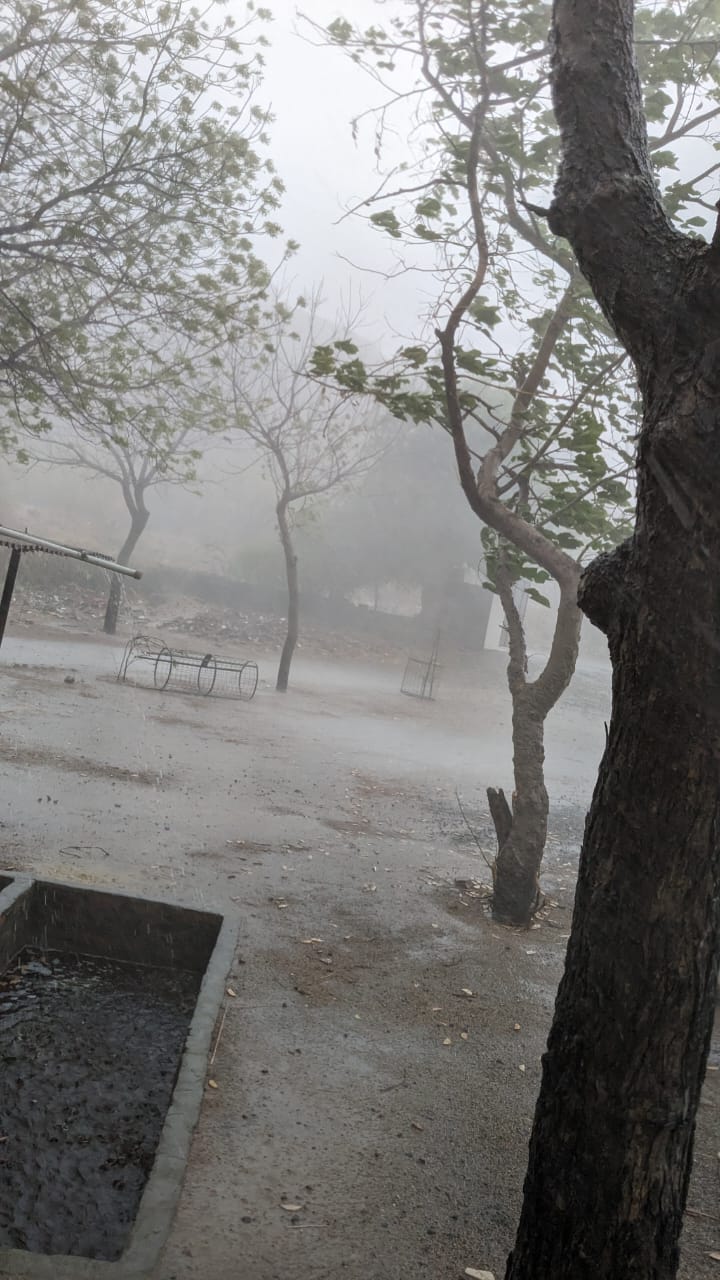
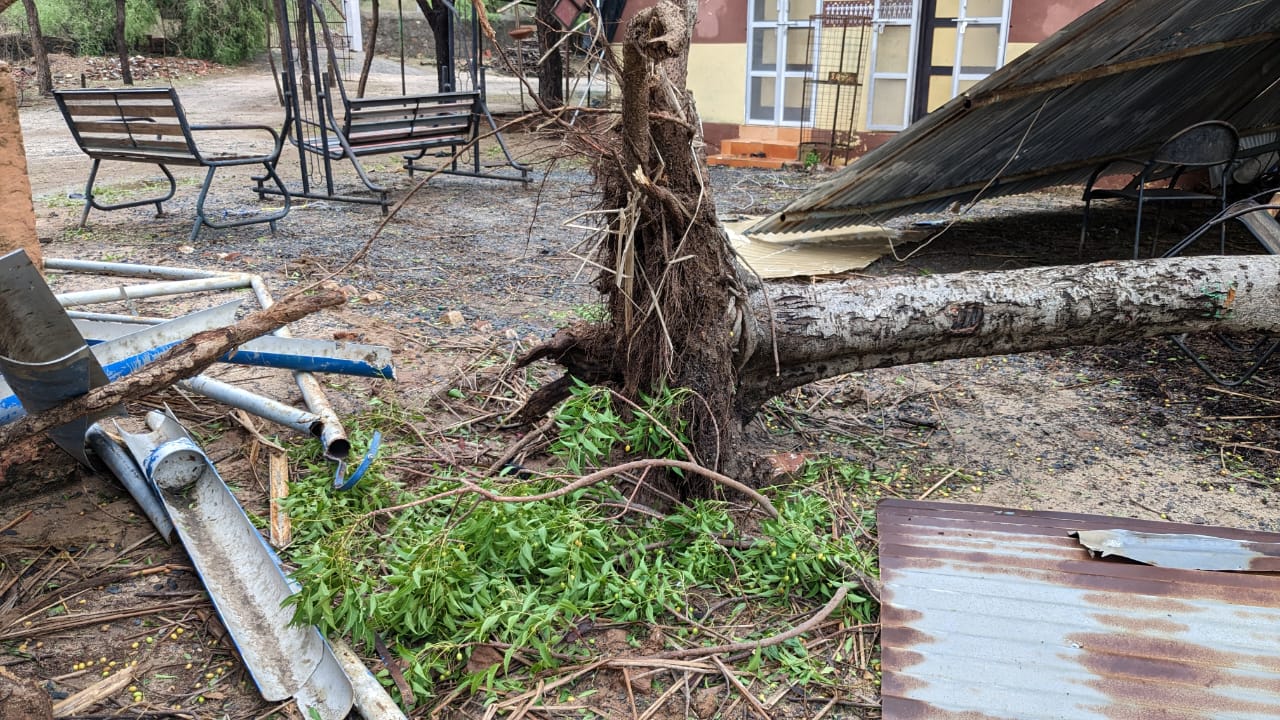
We awaited the rest of the time, wet and drenched with thoughts of what to do now. With the help of my team members, I devised plan A, B and C over-cautiously. Our last resort was to take the tractor parked outside and ride it until we find a secure shelter. The only person who could drive it was the 15-year-old son of one of my colleagues. But I’m not sure if he was ready to be a part of our plan.
As they say, tough times don’t last…tough people do (more on that later). We made it past the overarching cyclone and slept through the silence. Relief and rejoice lingered on, after the storm. Next day, we woke up to the immediate duties of debris cleaning and repair work. It’s fun to laugh at such experiences after they have happened to you. Rarely does one get an opportunity to laugh it off while living it. Life as an India fellow is something like that!
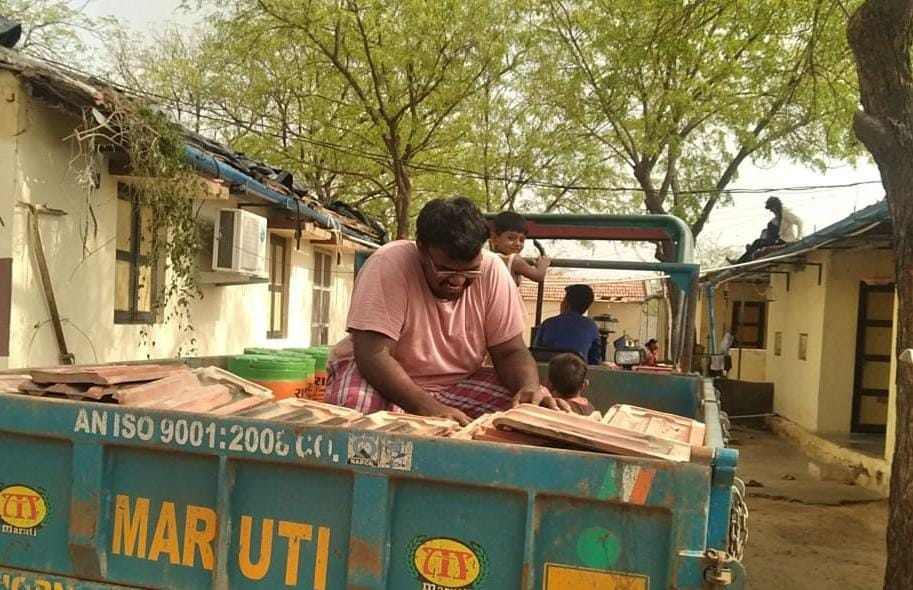

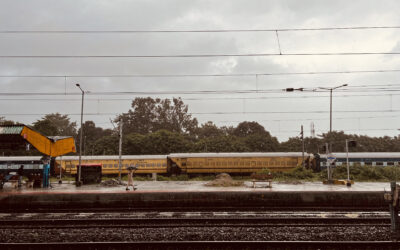
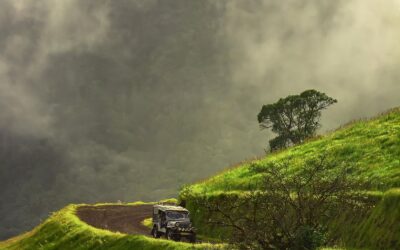

0 Comments